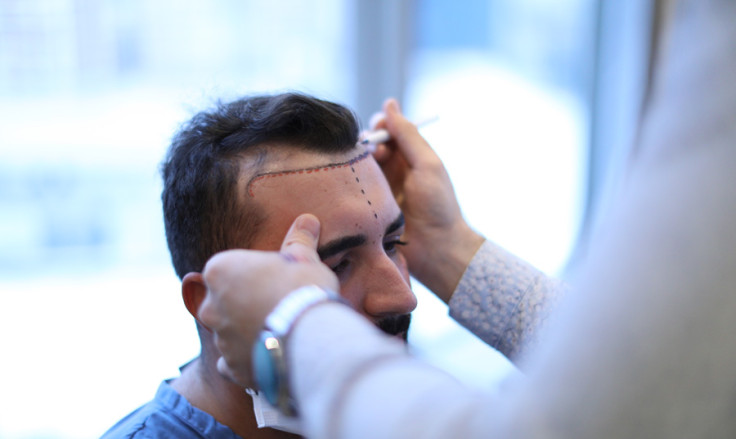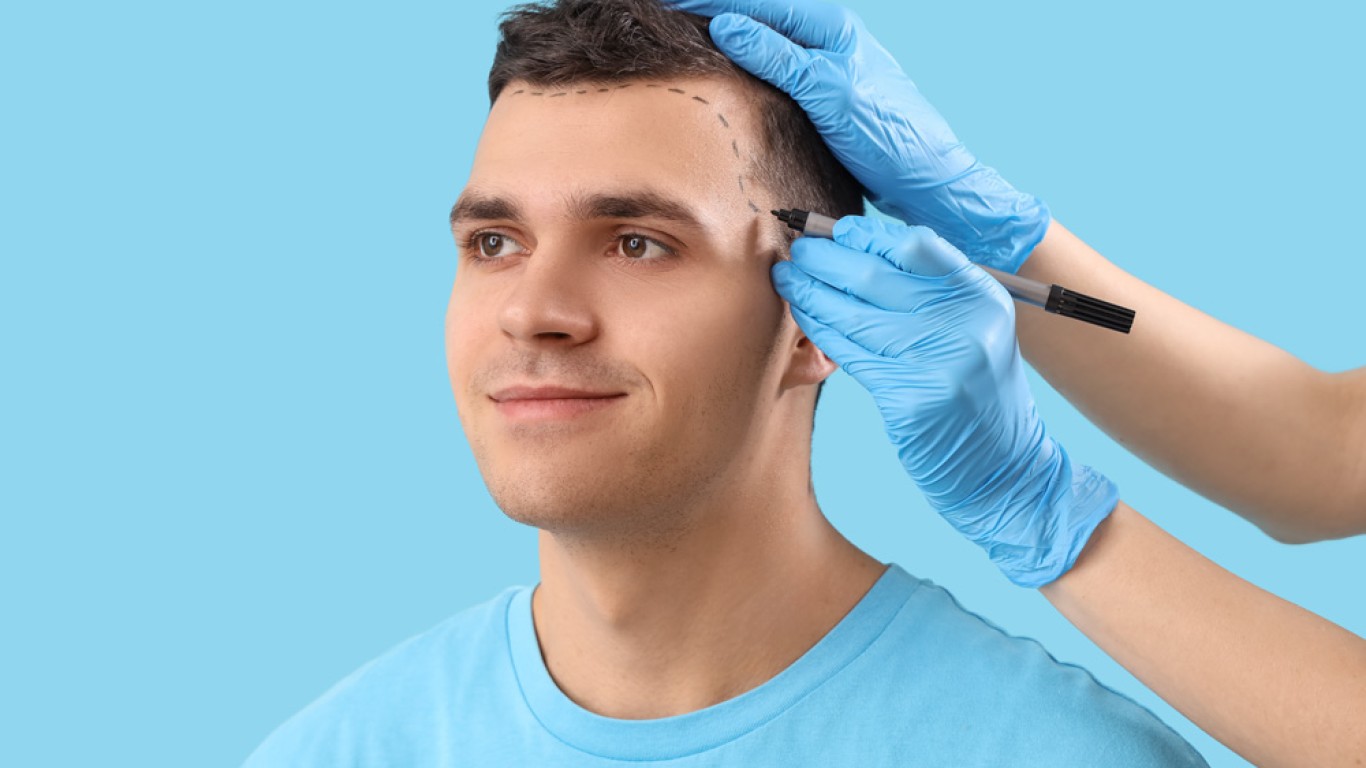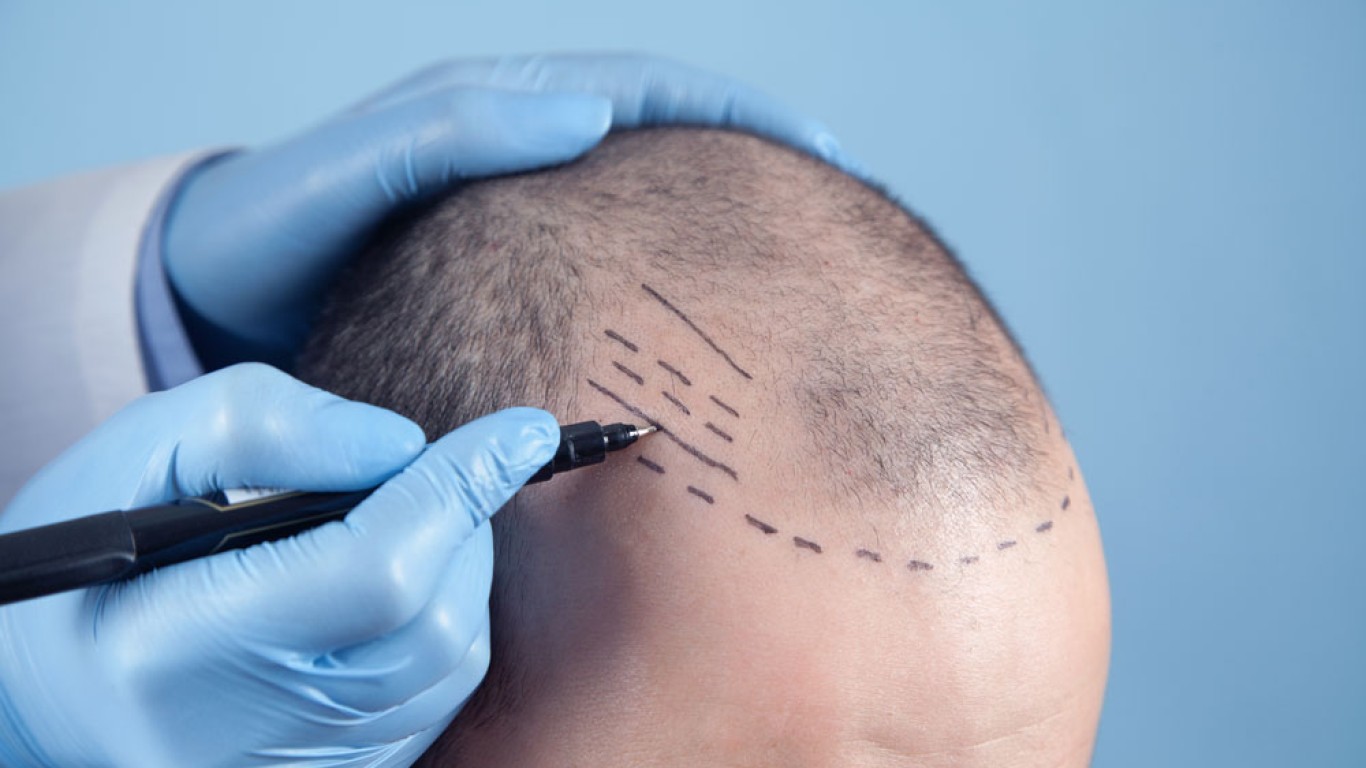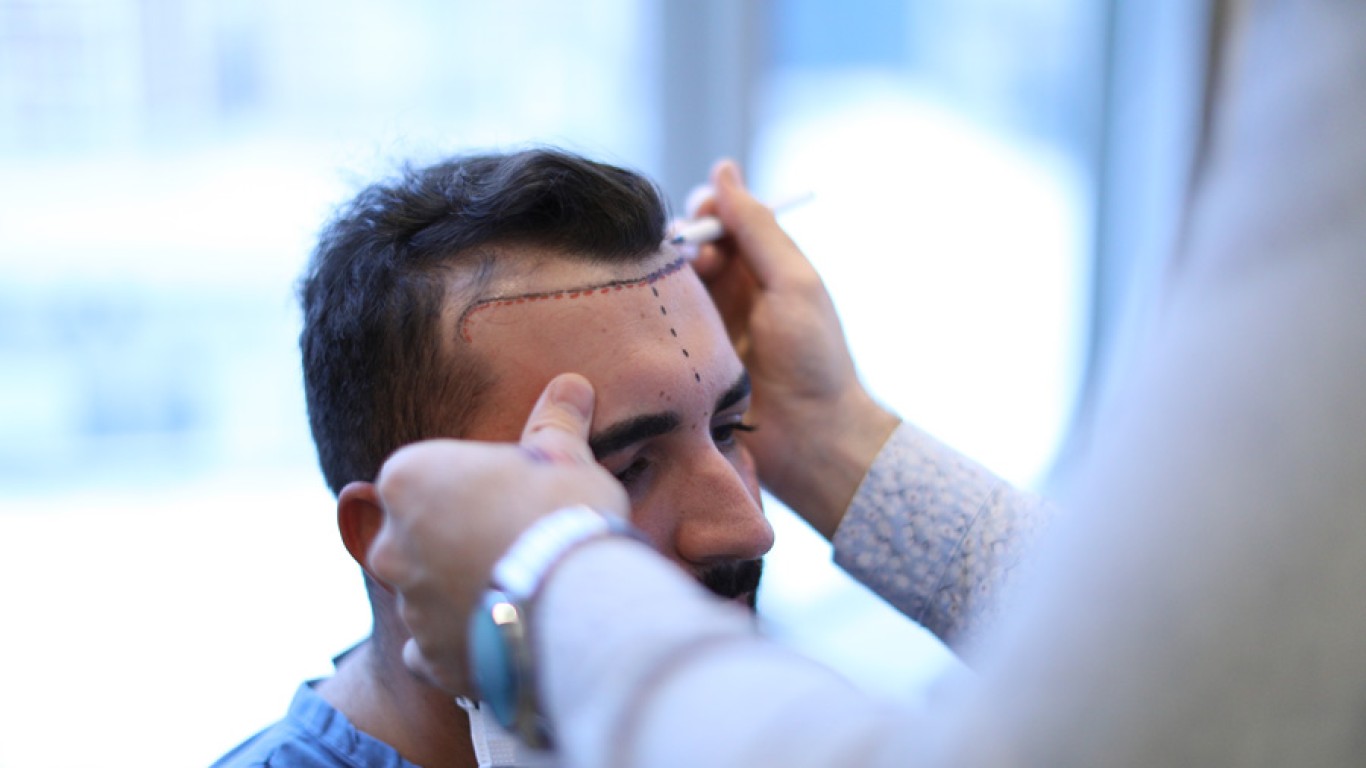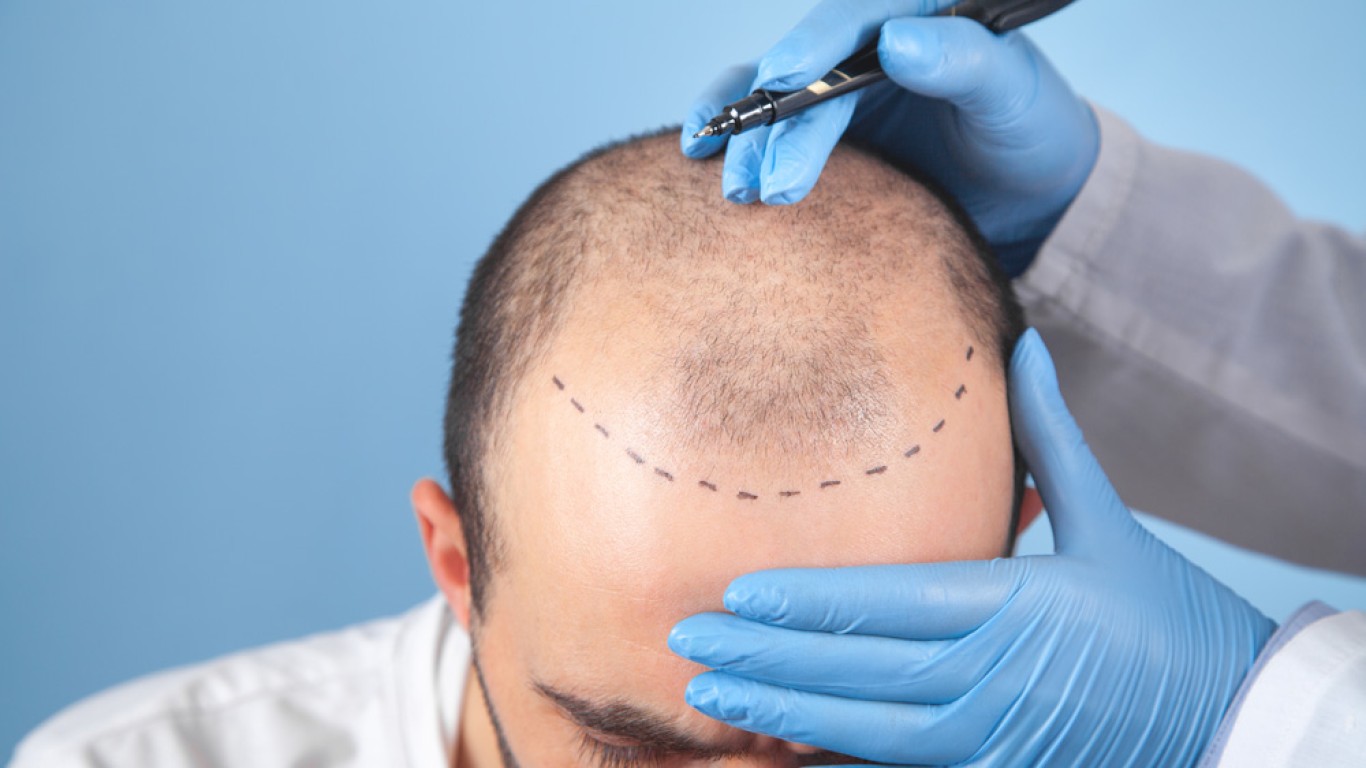Introduction
FUE (Follicular Unit Extraction) is a popular hair transplant technique with natural-looking outcomes. Many patients are drawn to it for its precision and short recovery period. However, understanding the hair growth timeline is crucial before you commit. This article explains what happens during each stage of the FUE journey, so you can track your progress with confidence.
Week 1: Healing Starts
In the first week, your scalp may feel tender as healing begins. Small scabs form around grafts. These scabs should not be picked off, as they protect the new follicles. Gentle washing starts after 48 hours, as advised by your surgeon. Swelling and redness often reduce by the end of the week. During this period, rest is essential.
Weeks 2–3: Shedding Phase Begins
Although it may be alarming, shedding is expected. New follicles go dormant briefly. This is part of the natural hair cycle. Known as shock loss, this shedding does not mean failure. The grafts remain embedded. You may not see visible growth yet, but this stage is critical. Following post-op instructions helps ensure successful regrowth later.
Month 1–2: Dormant but Active
Hair follicles are now in the telogen (resting) phase. While nothing new appears on the surface, your scalp is working beneath. Blood supply is feeding the grafts. This sets the stage for future growth. Patience is important here. Avoid stressing the scalp, using harsh products, or disrupting healing.
Month 3–4: First Signs of New Growth
Around the third month, soft baby hairs begin to emerge. These strands may appear thin and colourless. That’s completely normal. Your scalp is transitioning to the anagen (growth) phase. Although results vary, most people see early signs by this point. Additionally, your surgeon may advise using supplements to support growth.
Month 5–6: Noticeable Coverage
By month five, thicker strands replace early fine hairs. Bald patches start to fill in. You’ll see improved density, although the final result is still months away. During this phase, grooming becomes easier. Many patients begin styling their hair more freely. Trimming is allowed, but avoid shaving the scalp.

Month 7–9: Major Changes Appear
Volume increases significantly during this period. Hair appears stronger, fuller, and closer to your natural look. You may notice improved texture and even wave patterns. If you've followed your aftercare routine, your results should be developing well. FUE patients usually feel confident about their appearance at this point.
Month 10–12: Final FUE Results
By the one-year mark, full results are often visible. Your hair has matured and thickened. Any lingering thinness has mostly resolved. While minor growth may continue after 12 months, the bulk of your transformation is complete. You can treat and style your hair normally, including colouring or using products.
What Factors Affect the FUE Timeline?
While the average timeline follows 12 months, individual results vary. Genetics, scalp health, and post-care practices all play a role. Smokers may see slower growth. Diet and overall health also influence recovery. Additionally, age can affect how quickly follicles regenerate.
Tips to Support FUE Hair Growth
Supporting growth involves more than waiting.
Here are helpful actions:
- Eat a protein-rich diet.
- Stay hydrated.
- Use mild shampoos.
- Avoid heat styling.
- Protect your scalp from the sun.
- Follow all clinic guidelines.
A proactive approach ensures healthier, longer-lasting results.
FUE vs Other Hair Transplant Methods
Compared to FUT (Follicular Unit Transplantation), FUE offers quicker healing and no linear scar. It’s less invasive and suits those who prefer short hairstyles. However, it may require more sessions for large areas. Understanding these differences can help you set realistic expectations and choose the right method.
Does Hair Continue to Improve After 12 Months?
Yes, in some cases, improvements continue up to 18 months. Texture, density, and even hairline definition may evolve. However, most visible changes occur within the first year. If regrowth feels slower, speak to your surgeon for guidance.
How to Maintain FUE Results Long-Term
Long-term maintenance involves keeping your scalp healthy and hair strong. Use gentle products and avoid aggressive brushing. A balanced lifestyle supports follicles. Annual check-ins with your hair specialist can monitor any future thinning. Though transplanted hair is permanent, natural hair may still recede.
Psychological Benefits of Tracking Your Progress
Tracking your FUE journey month by month helps manage expectations and boosts motivation. Knowing what to expect reduces anxiety and increases satisfaction with results. Documenting changes through photos can highlight subtle improvements you might otherwise overlook.
Additionally, seeing consistent progress, even slow, reinforces your decision and boosts confidence. Many patients find the process empowering, especially as they regain their desired appearance and sense of control over hair loss.
The Importance of Patience in the FUE Journey
FUE results take time, and patience plays a key role in your satisfaction. Some patients become concerned if growth is slow during the first few months. However, this is completely normal. Hair follicles need time to settle, grow, and thicken. Trusting the process and following your aftercare plan can make a significant difference. Long-term consistency and regular follow-ups will ensure you’re getting the full benefits of your FUE transformation.
Conclusion
The FUE hair growth journey spans many phases, from healing to full coverage. Each step has a purpose and contributes to the final result. With care and patience, most patients enjoy significant improvement within a year. Understanding this timeline helps set clear expectations and ensures peace of mind throughout the process.
For more information on FUE and to book a consultation visit the ACIBADEM Beauty Center Hair Transplant webpage.
Frequently Asked Questions
Most patients return to work within a few days, depending on job type and recovery speed.
You’ll typically see final results between 10 to 12 months after the procedure.
Yes, shedding happens in the first few weeks and is part of the natural cycle.
Avoid products for at least two weeks. After that, use gentle formulas as advised by your surgeon.
Transplanted hair is permanent. However, other natural hair may thin with age.
